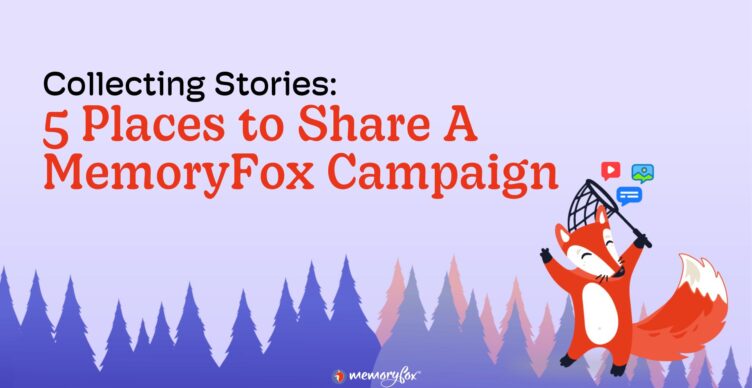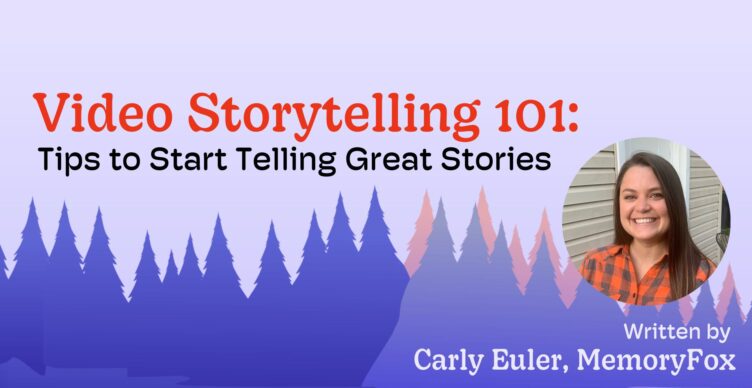Email Marketing & Fundraising, Storytelling Strategy
Creating a Marketing Strategy for Your Nonprofit Organization
Creating a marketing strategy for your nonprofit isn’t simply another item on your to-do list. It is essential for your organization’s success.
We know what you’re going to say: “another strategy?” Or maybe something along the lines of “I already have enough to juggle. I can’t add anything else to my workload!”
Or our personal favorite: “We’ve always done things this way!”
Well, what if we told you that creating a marketing strategy for nonprofits can not only be broken down into manageable steps, but will also help you increase donations, raise awareness of your services, and solicit volunteers?
We know that as nonprofit professionals, you’re already have a massive workload. So, we compiled a simple guide to help your organization create and implement a marketing strategy in a way that may easily integrate into your existing workflow.
What is a Marketing Strategy?
A marketing strategy is a organization’s top-level plan to reach prospective consumers and turning them into customers of their products or services. The basis of this plan for most companies is to organically increase inbound leads and to grow the organization’s reach and visibility.
While nonprofits are not trying to reach customers, the structure and goals of a marketing strategy, at its core, remain the same when it comes to reaching potential supporters. Rather than target customers to sell a product, nonprofit marketing strategies aim to promote awareness of the organization’s services, build a presence in the community, and to engage and solicit current and potential donors.
Why is a Marketing Strategy Important? 
While the traditional ROI for marketing is to boost sales and brand awareness, nonprofit organizations can also greatly benefit from creating and implementing a marketing strategy. Strategic marketing will boost traffic to spread awareness of your mission, raise funds to support your services, and attract new volunteers and supporters.
The deliberate cohesion across the content in your organization’s outbound email messaging, website, social media channels, and any other communications efforts that your organization produces or distributes will help promote awareness of your mission. As your organization increases awareness of your services and mission, there are naturally more fundraising opportunities available. Think about it – the more people that know about your nonprofit, the larger potential funding pool you will have!
Fundraising aside, increased brand awareness is also valuable to reach individuals who want to give, but are unable to do so financially. Increased awareness of who you serve and what you do can encourage your followers or subscribers, or even random internet searchers, to donate their time to helping move your organization’s mission forward. With increased awareness, and then increased volunteer teams, your organization will be better equipped to serve more people in your community. Not to mention, volunteers are twice as likely to donate in a financial capacity than those who do not volunteer.
Perhaps most importantly, a deliberate marketing strategy will help raise awareness of your services to those who will actually benefit from them, or who actually need them. The more people that know what it is you do, the more people, animals, or causes you can help.
“Okay, a marketing strategy is clearly important for my nonprofit organization. But where do I start with such limited resources?”
We’re glad you asked. We have compiled a simple, comprehensive and resource-conscious 4 step guide to help you establish a marketing strategy for nonprofits.
4 Steps to Create a Marketing Strategy for Your Nonprofit
Step 1: Consider Your Value Proposition
Just like for-profit companies, the value proposition is defining the specific benefit that individuals can expect to receive when they are the recipients of your services or viewers of your content. For some nonprofits, such as homeless shelters, food banks, and other direct human services, this can be as easy as restating your mission statement.
For organizations that offer services such as community relief, animal shelters, or environmental preservation organizations, this step may not be as easy as stating how a particular individual can benefit from your services. Someone who finds you through a quick Google search or scrolls by on social media post will need to know what kind of benefit they will receive from engaging with your organization, even if they are not the recipient of your services.
If this is the case, take a moment to brainstorm with your team might, because defining your value proposition needs to be specific enough to serve as the foundation for your entire marketing strategy. Using an animal shelter as an example, the value proposition can be adopting an animal to bring joy to and grow your family.
Step 2: Define Your Target Customers
Now that you’ve written down your organization’s value proposition, it’s time to choose your target markets and research their demographics. For many nonprofits, the target markets can be broken down into 3 simple buckets:
- Beneficiaries or recipients of the organization’s services
- Potential volunteers
- Prospective donors
(Your organization may have more or less categories but for this example, let’s stick with these three target markets.)
With this list of target markets, you will need to research their demographics. If you do not have the time or resources to conduct this research, an estimation or assumption will be suitable to get you started! It may even be mentioned or defined in your organization’s other strategies, so be sure to review them so you don’t have to duplicate work.
Sticking with our animal shelter example, let’s explore our demographics…
- Beneficiaries: Perspective Pet Parents:
Age 25-30, single or young couple with no children
Age 30-45, young families
- Potential Volunteers:
Age 16-22, community-service focused students - Prospective Donors:
Age 35-45, current or past pet owners
Age 65-75, current or past pet owners
Step 3: Establish Your Key Messaging
This doesn’t need to be a dissertation, but you should create a concept message or goal for each of your organization’s target markets. This messaging will be your North Star when creating content for your website, outbound emails, or social media platforms. You can choose to use emotions, benefits, or raw numbers in these messages: they are meant to be a springboard for easy content creation. Having this foundation will make it easier to think of content, but also serve as a check for all outbound content to make sure it aligns with your strategies for at least one of your target markets.
Step 4: Plan Your Content 
You might be doing this already, but now you will have content strategies to better guide your content plan to reach your target markets. You need to map out what platforms you will use to reach each of your target markets and how often you will produce this content. This could be as simple as planning at least one touchpoint for each of your target markets per week, or as advanced as planning targeted marketing campaigns. You can create content calendars in Excel, Microsoft Word, or through free online platforms!
Fox Tip: Need help getting started? Check out our Nonprofit Holidays You Don’t Want to Miss and Mission-Focused National Days to jump start your content calendar creation.
Overall, a marketing strategy is not only important for your nonprofit organization, but that it’s achievable with limited time and resources. MemoryFox makes nonprofit marketing easy by simplifying the process to collect, organize and share stories directly from your community. Learn how your organization can benefit from nonprofit storytelling when you schedule a demo with us today.




